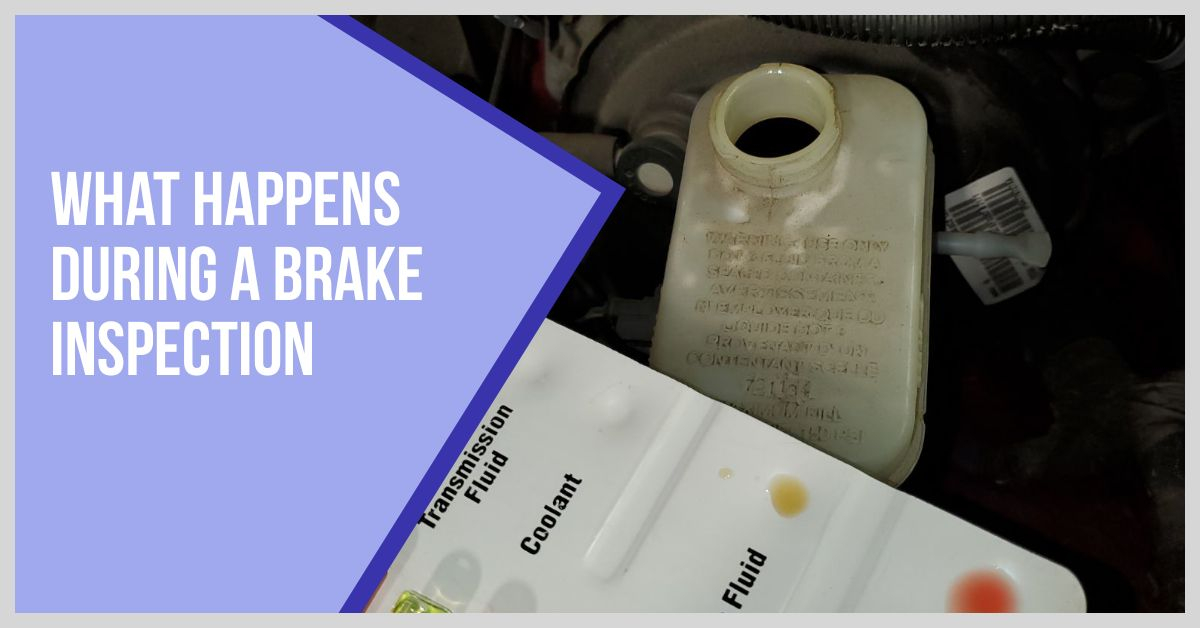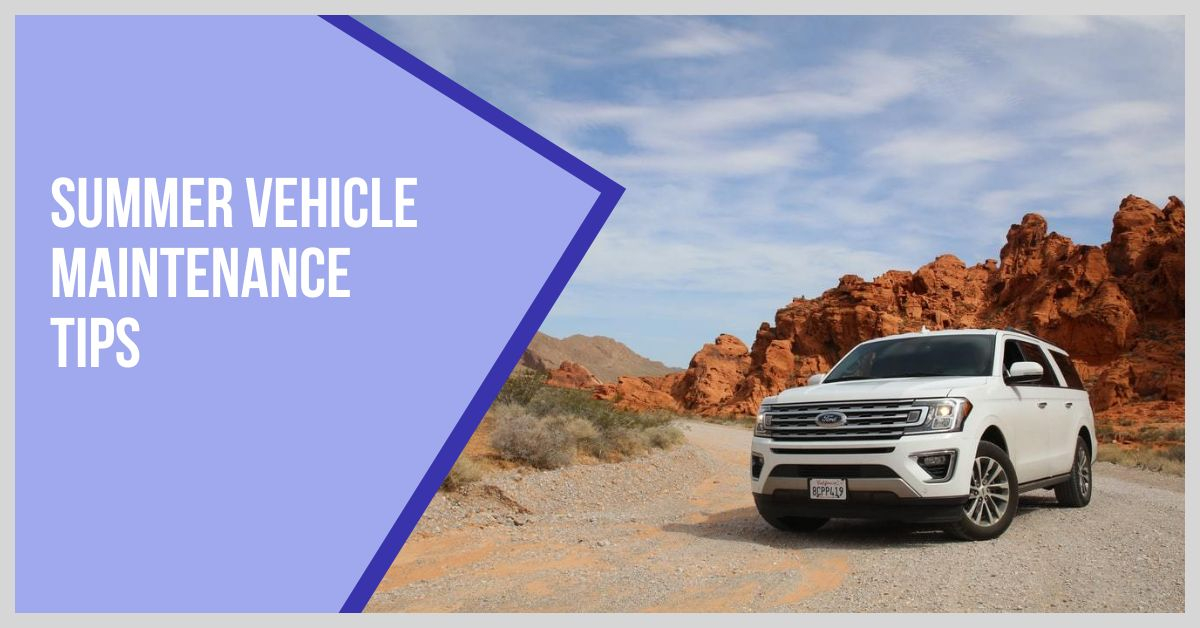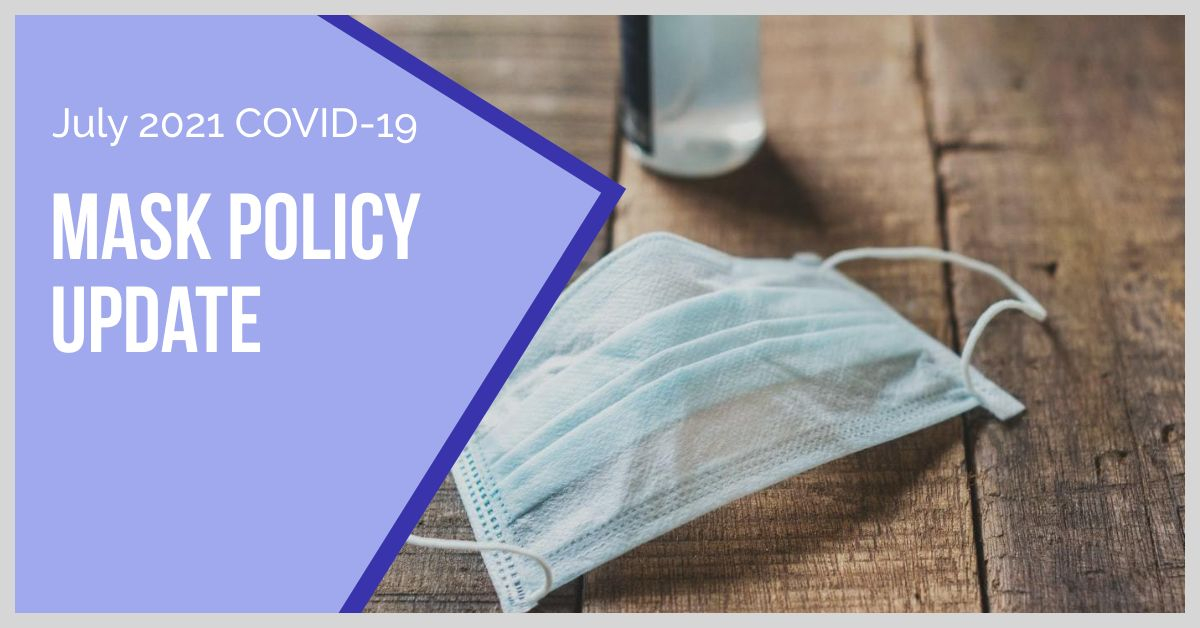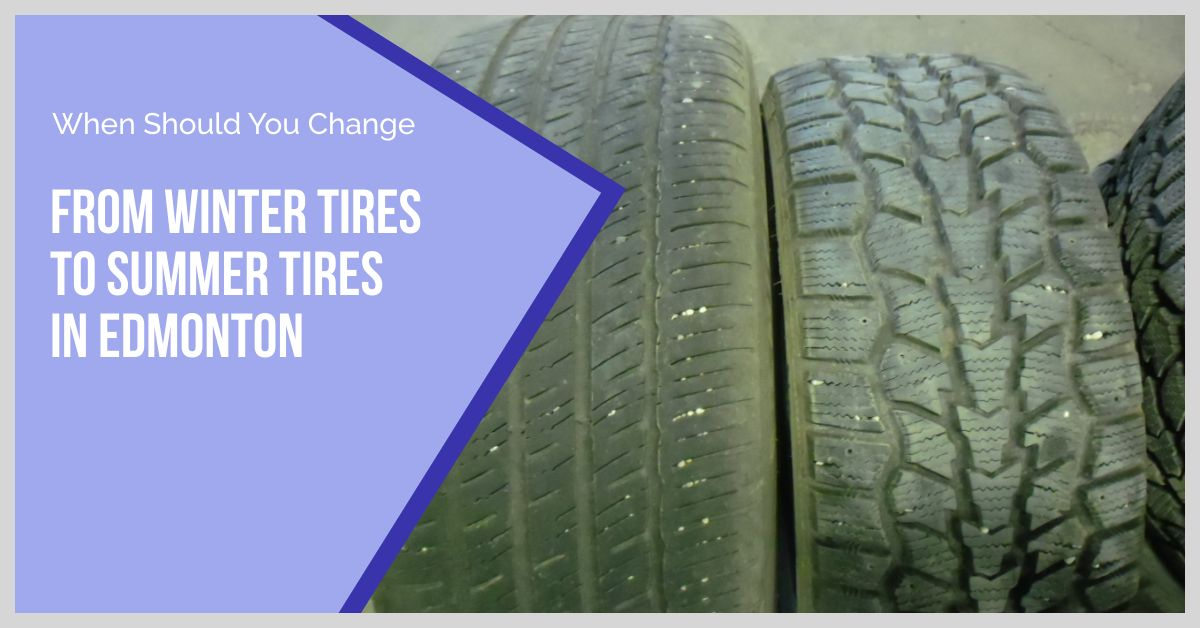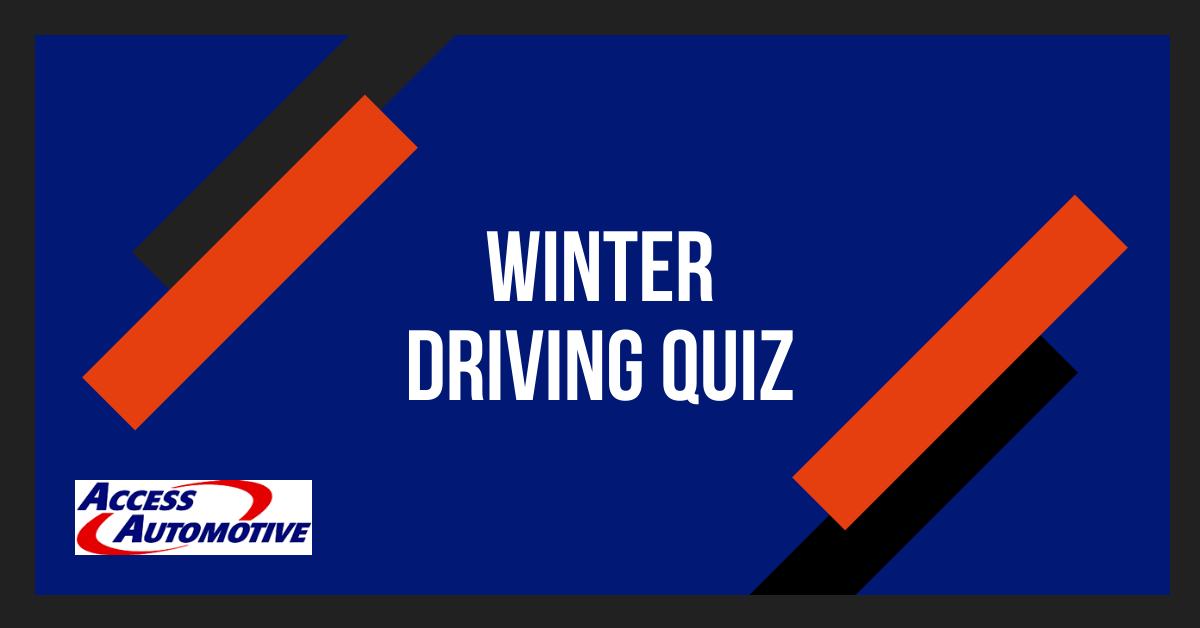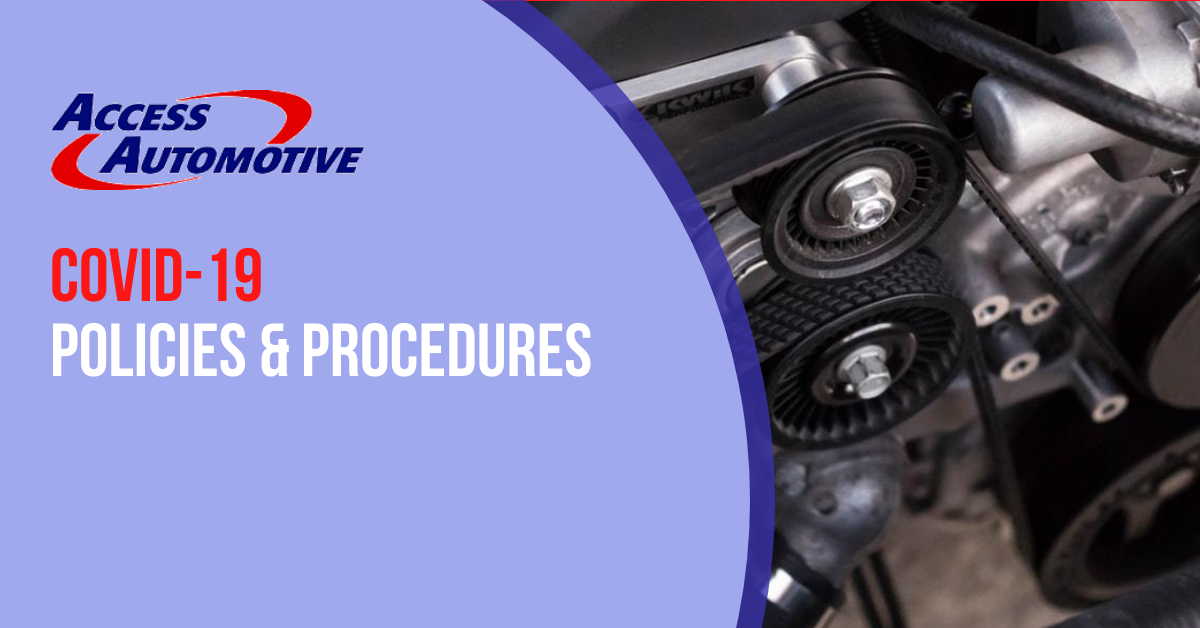We always do a visual inspection on your brakes during routine maintenance tasks such as changing tires or changing oil. This will let you know whether there is sufficient brake pad remaining left to safely operate your vehicle or if anything is obviously visually wrong with your brake system.
Sometimes though, there are reasons to suspect that there might be something amiss with the brakes because of one of the following abnormal observations during use:
- Vibrations of the car or through the steering wheel during braking
- Warning lights such as the Brake Light, ABS lights or traction control warnings
- Unusual sounds during braking
If your vehicle is exhibiting any of those symptoms, we recommend a more thorough diagnostic brake inspection. These inspections are inexpensive (generally in the $80-$90 range at our shop), and will give you a much better idea of any safety concerns for your vehicle, and also give your more information about how expensive any repairs might be. This will allow you to make an informed decision about whether it is more cost-effective to repair or if it’s time to start to consider replacing your vehicle.
Have you ever wondered what a brake inspection involves? Here is what we do at our shop.
Diagnostic Brake Inspections at Access Automotive
- Test Drive (Road Test)
Before we even begin inspecting your brakes, we want to make sure that they’re working properly and safely by doing a road test. driving them around for about 10 minutes or so. This lets the service technician confirm any reported symptoms, both under initial starting conditions when the rotors are cold, and also when the rotors have warmed up after use.
The technician will look for any brake warning lights illuminating and will listen for any unusual noises coming from your vehicle’s brake system.car when you press down on the brake pedal. We also confirm any warning lights related to the braking system.
2. Brake Fluid inspection Check
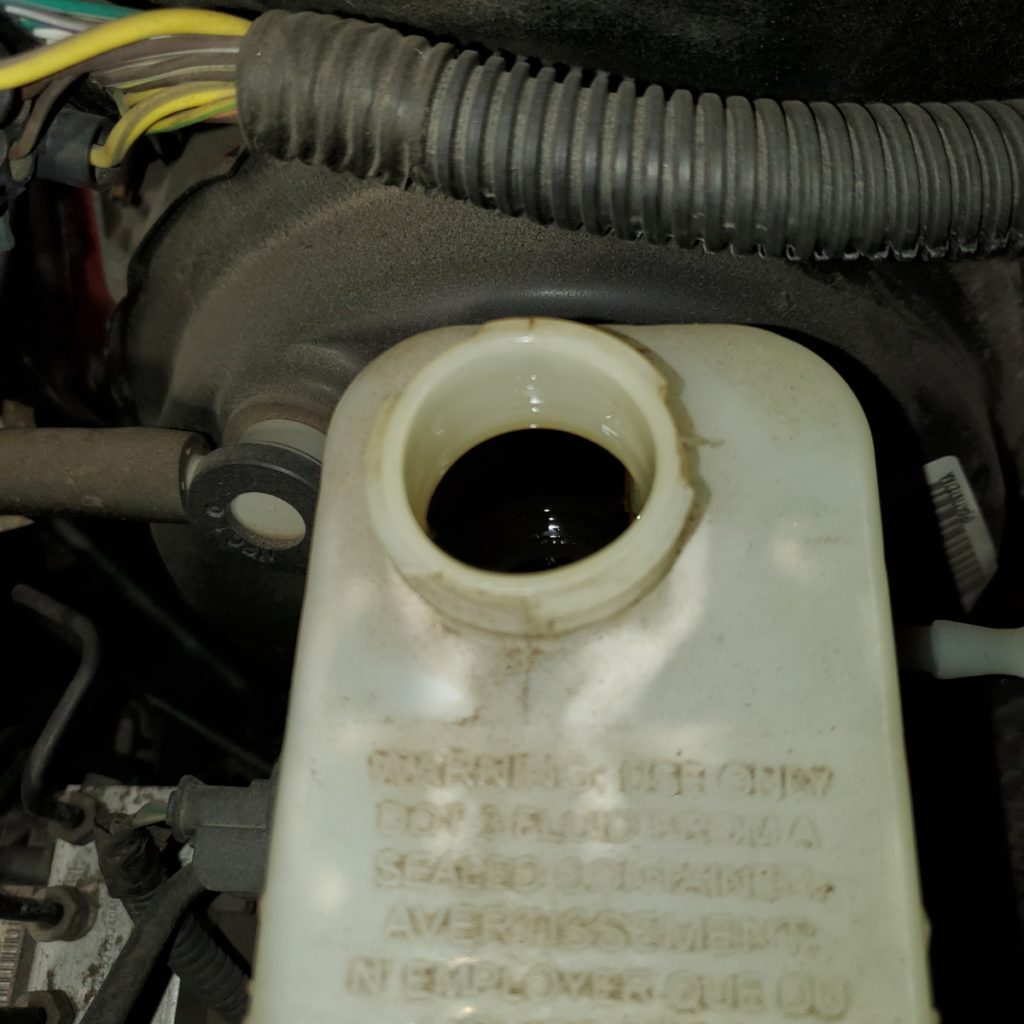
After returning to the shop, we inspect the brake fluid, both for level and condition. Although there are several different tests you can do on the brake fluid (copper assay, moisture test, conductivity tests), we find them to be inconclusive and wasteful. Our process is to look at the Master Cylinder for leaks and check the colour of the fluid against our samples on a drip tray.
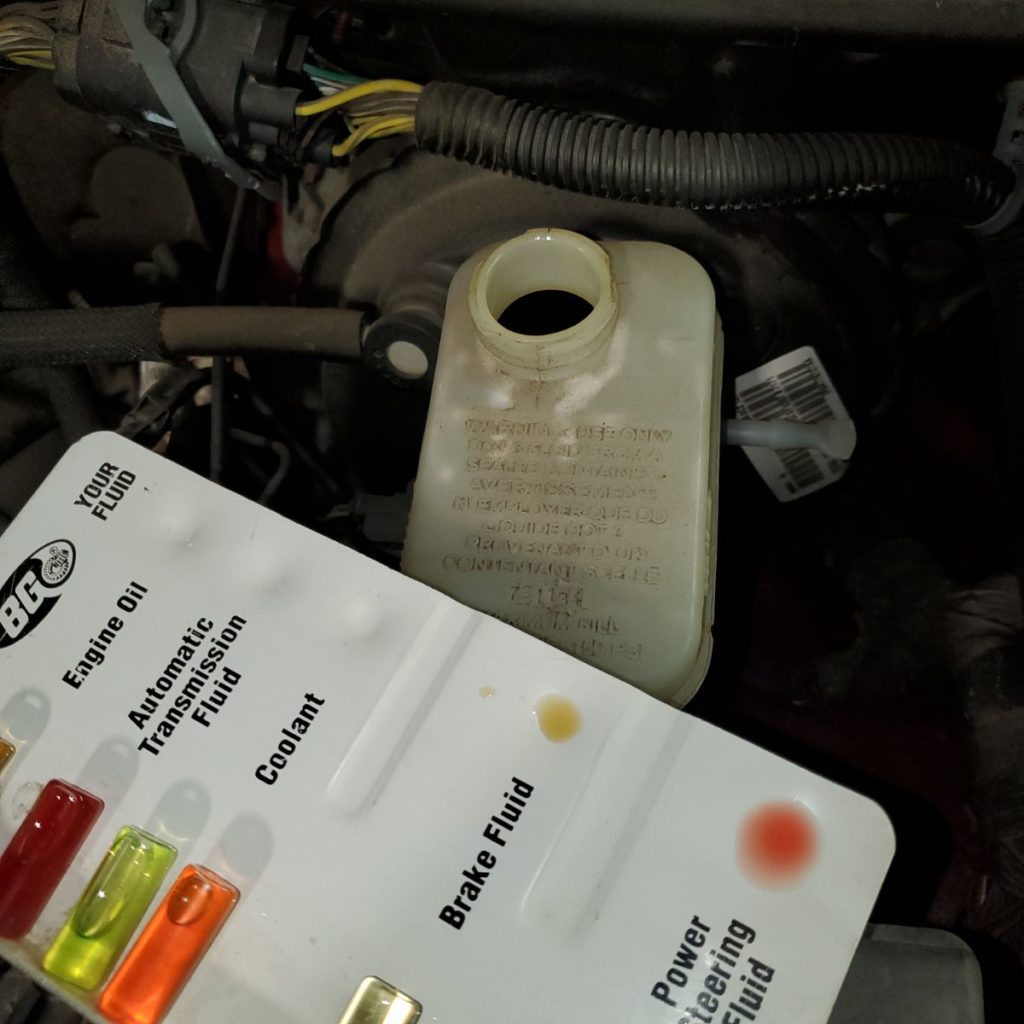
We then put the car on a hoist for better access to the wheels and brake components. The technician will then inspect each wheel brake caliper individually for leaks. If there are no issues found during this step, we move onto the next part of the process.
3. Initial Visual Inspection
As we remove the wheels, although this may not directly affect the brakes, we inspect the wheel bearings, hub and lug nut holes for excessive wear or movement.
Next up, we visually inspect each component in order to determine whether there are any signs of wear or damage. 90% of the vehicles we work with have disc brakes, and the rest of this article will refer to a disc brake inspection. During the inspection we look at:
- Brakes pad wear: We are looking for at least 2 to 3 mm material remaining in the brake pad for them to be considered safe, but additionally we are looking for uneven wear of the brake pads which might indicate seized callipers or some other mechanical issue with the brake assembly.
- Callipers: We are looking for proper piston function (smooth operation of the brake caliper pistons and sliding pins).
- Rotors: Primarily we are examining the rotors for abnormal marks (burn marks or corrosion). We also sometimes measure runout (how warped they are) if we think it’s close to a 0.004 inch deviation (maximum deviation before we find that problems start to occur), but in obvious cases of rotor warping we would skip an exact measurement to save you the diagnostic fee.
- Look for cracked rubber brake hoses (long term could use a video)
- Undercarriage inspection
Finally, we raise the vehicle higher to inspect all the steel brake lines from the Master Cylinder to the rear of the vehicle for leaks and corrosion.
Sometimes the inspection turns out to be a easy repair. small rock can wedge between the rotor and the caliper in the brakes which does not cost any more than the inspection to fix.
Sometimes though we find that the callipers are seized up, the rotors are warped and the brake pads are unevenly worn and replacement of the full assembly is warranted for safe operation. In that case we can help you to decide whether you’re better off replacing the brakes, or if the overall condition of the vehicle warrants moving on to another vehicle.

